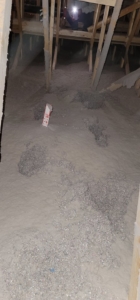Insulation is very important to make the house strong, not only from the outside but also from the inside. This will not only reduce your energy bills but also increase the value of your home. At The Green Cocoon, we focus on providing insulation that will not only be effective but also safe for you, your family, and the planet.
In this short blog, we will explain how our approach to insulation combines sustainability, safety, and long-term performance.
Let’s dive right in.
Why Sustainable Insulation Matters?
Comfort, security, and cost savings are the primary concerns that individuals have when discussing house insulation.
Traditional insulation often relied on chemicals that harmed air quality and released greenhouse gases during production, making them less sustainable.
At The Green Cocoon, we think you can have both performance and sustainability. You don’t have to pick between the two.
Our Services for Homes and Businesses
We recommend the best insulation type and procedure for you based on your needs and our expertise. We offer the correct materials and the knowledge to install them, whether you are a homeowner, builder, or business owner.
1. Spray Foam Insulation
. It seals every gap and crack and creates a tight thermal barrier, which provides a good balance. As trusted spray foam insulation contractors, we offer both closed-cell spray foam insulation and open-cell spray foam insulation.
- closed-cell spray foam insulation, as it is quite dense, which also provides a higher R value. Additionally, it prevents the passage of moisture. It works well in small places like bedrooms and bathrooms when you need a lot of insulation and strength.
- Open-cell spray foam is lighter, flexible, and excellent for soundproofing while still being energy efficient.
2. Cellulose Attic Insulation
The attic of a house is a popular site for heat to escape. Recycled paper is turned into cellulose insulation, which is great for attics, after being treated to keep out fire, vermin, and mold. This kind of insulation is one of the best choices for the environment.
The cellulose shoots into your attic and fills up all the crevices and keeps heat in quite well.
3. Commercial Spray Foam Insulation
We assist businesses in using less energy. The best places for industrial spray foam insulation are perfect for factories, offices buildings, and other businesses. In the long run, you can save money on HVAC systems because temperature is regulated.
Our team of experienced spray foam insulation contractors ensures that the insulation is applied safely and meets building codes for commercial properties.
Safety First – Protecting Your Health and Home
At The Green Cocoon, safety is our top priority. Poorly installed insulation can cause moisture buildup and mold. That’s why we follow strict installation standards and use only safe, reliable materials.
Prior to installing spray foam insulation, we take measures to maintain clean indoor air quality. Consequently, we use goods with low levels of volatile organic compounds (VOCs) and provide proper air circulation.
How Do We Choose the Right Insulation for You?
Every building structure is different. We don’t believe in a one-size-fits-all approach. When you contact us, we:
- Assess your space – First of all, our team inspects the walls of your home, your attic, and the basement. Our experts also go through your property to check where the heat loss is happening.
- Understand your goals – Some of our clients want to lower their electricity bills, so we customize the whole process accordingly and provide eco-friendly options to them.
- Recommend the best solution – After analyzing your property, we give our best recommendations for your needs and requirements.
- Install with care – Our team works efficiently while ensuring safety and cleanliness throughout the project.
A Sustainable Future Starts at Home
Even though you may not think about it every day, insulation has a big effect on your comfort, health, and the environment. We think that the way we create and develop your house is the first step to a healthy existence. With The Green Cocoon, you can feel confident knowing we use eco-friendly practices and only the highest-quality insulation materials.
Our experts are available to assist you with cellulose attic insulation, closed-cell spray foam, or industrial spray foam.
Make your house or company safer, greener, and more pleasant by contacting us now to arrange a consultation.






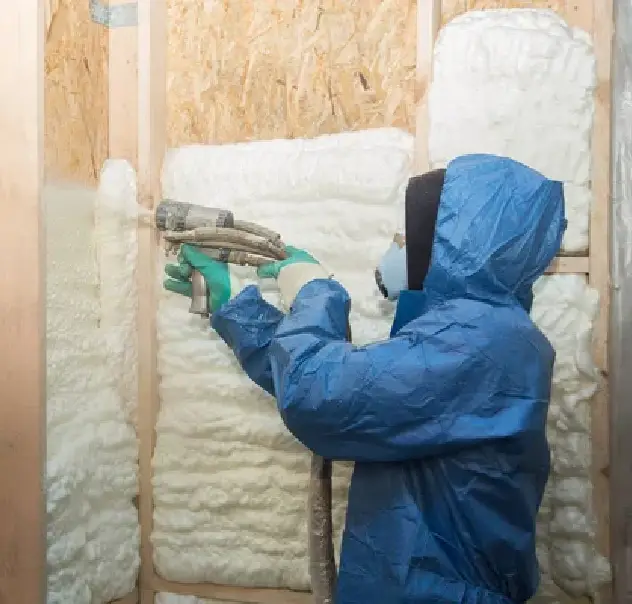
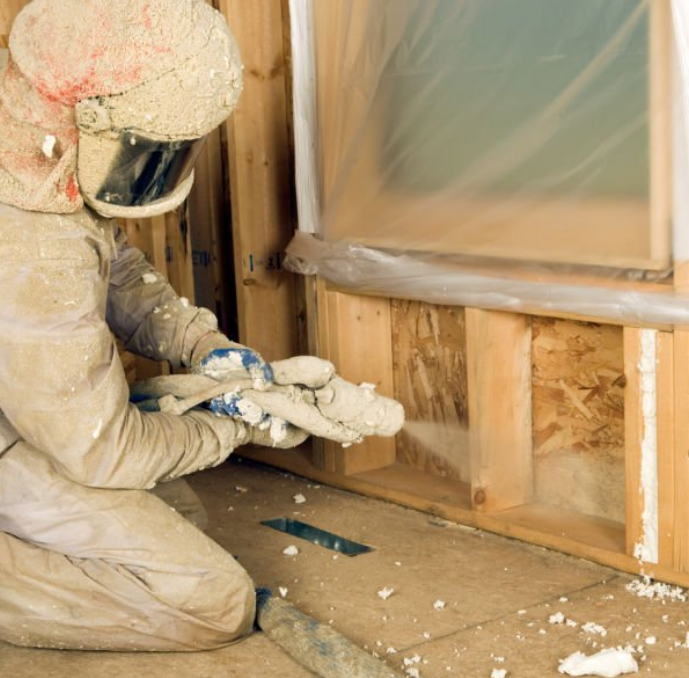
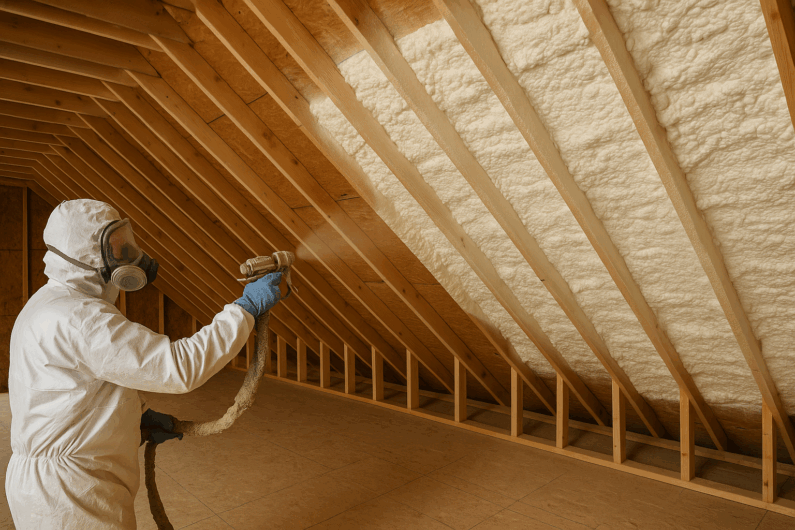

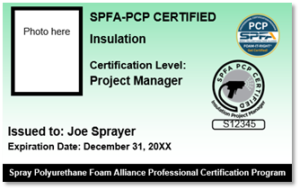

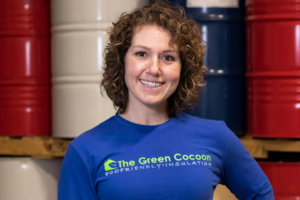 In February, Mike and VP Candace Lord will receive the final level of training and certification, which is project manager.
In February, Mike and VP Candace Lord will receive the final level of training and certification, which is project manager.
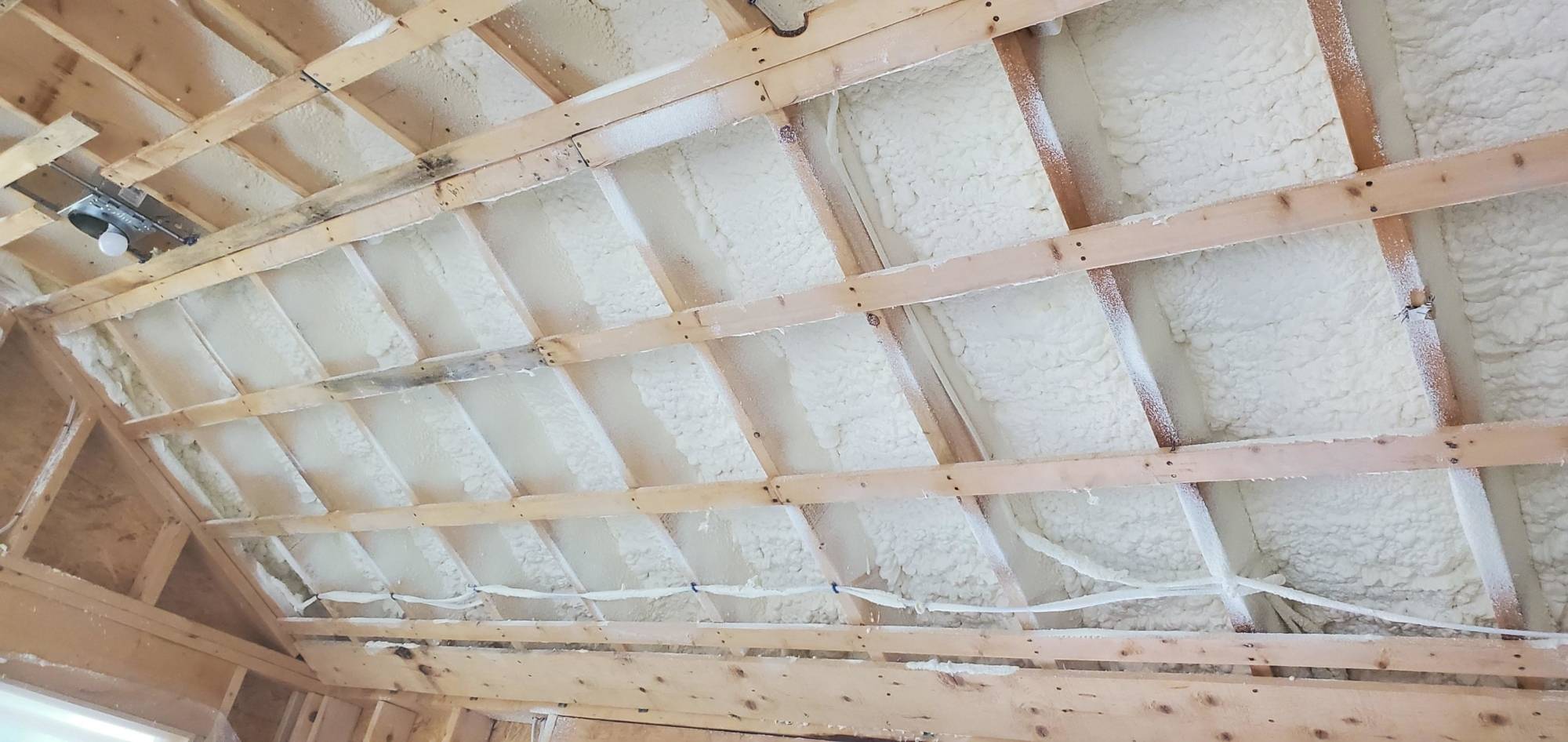

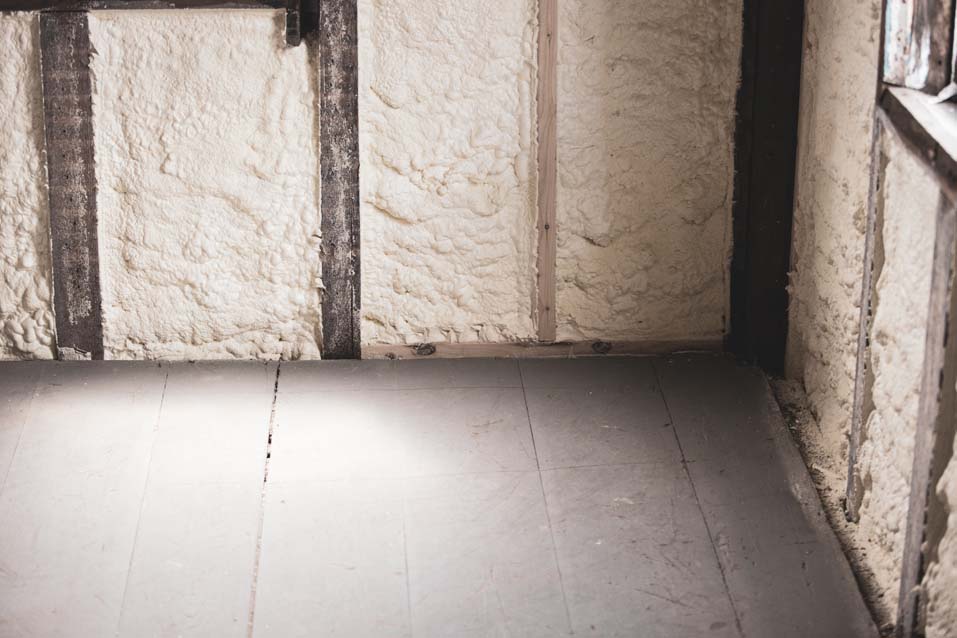
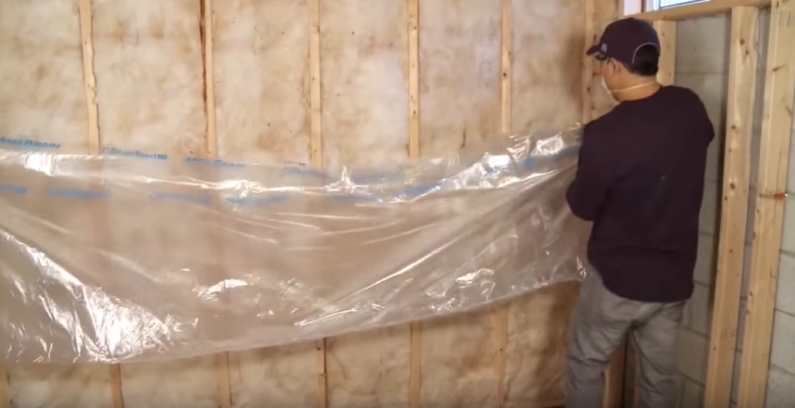
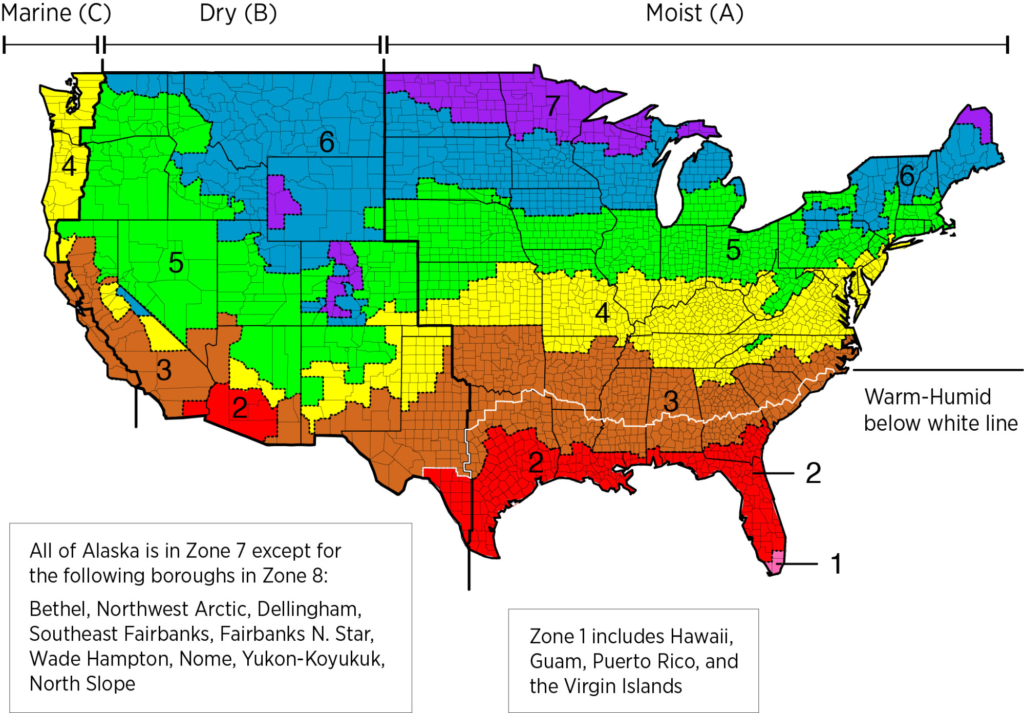
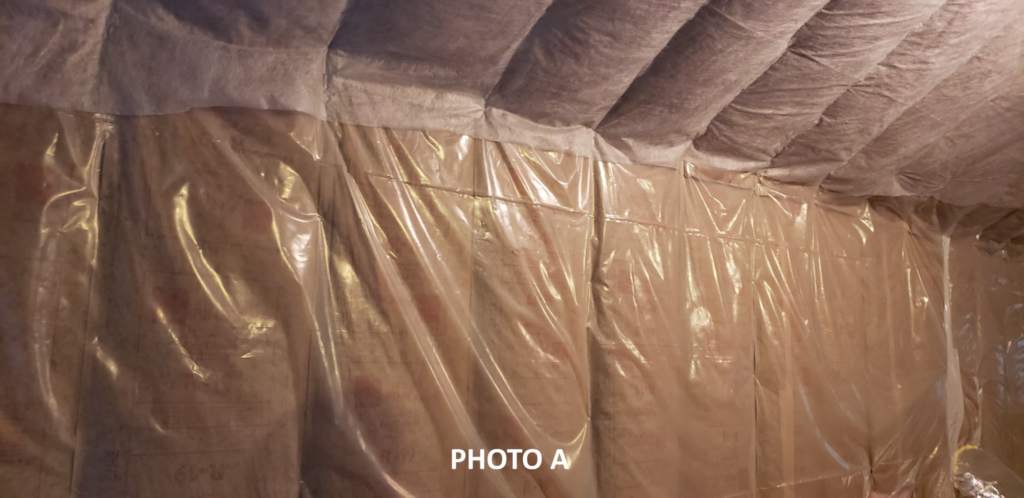
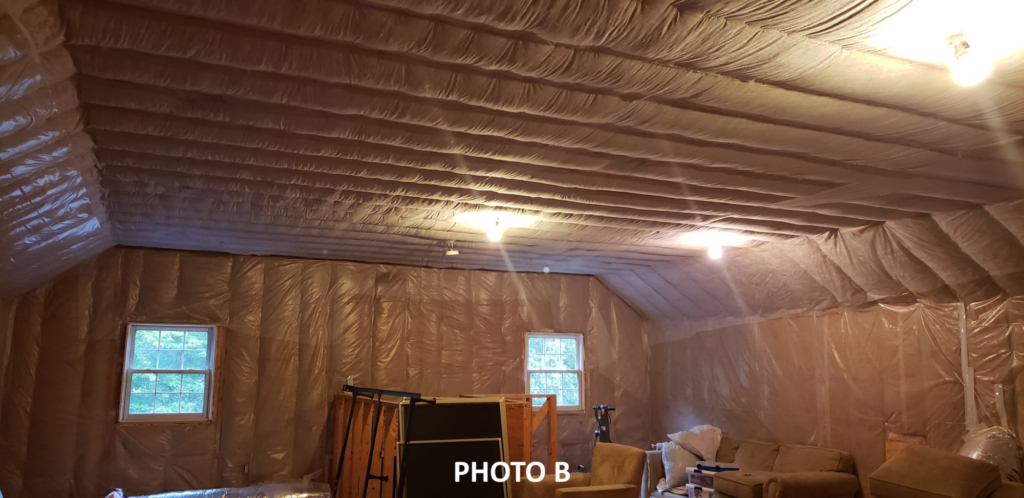
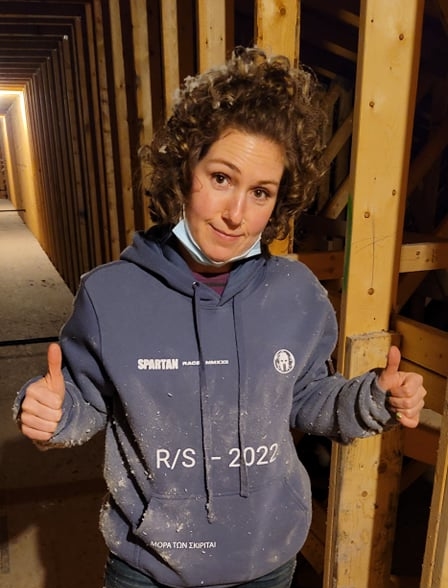
 The Green Cocoon received a call from the manager of an apartment complex because they had frozen pipes in the attic. What we discovered was that the insulation was placed incorrectly, and they didn’t add enough of it over the pipes. Consequently, the pipes were freezing.
The Green Cocoon received a call from the manager of an apartment complex because they had frozen pipes in the attic. What we discovered was that the insulation was placed incorrectly, and they didn’t add enough of it over the pipes. Consequently, the pipes were freezing.